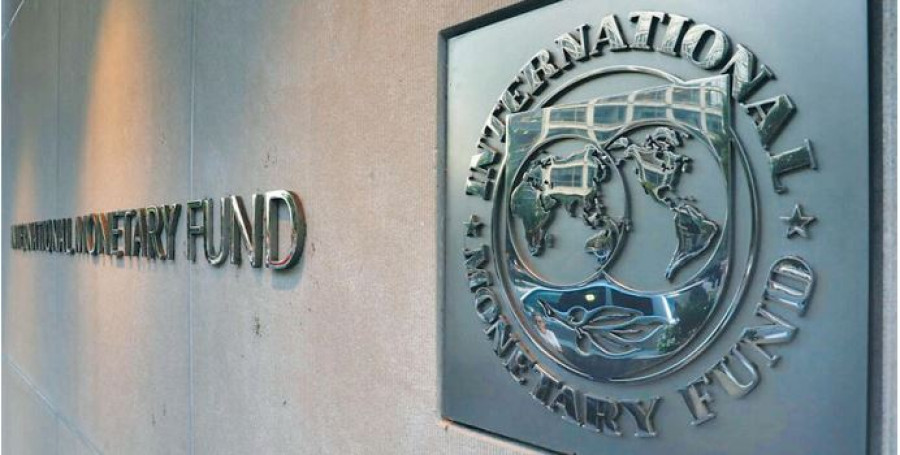Money
Nepal’s 10 largest banks to be audited by external experts later this year
The IMF has promised to provide credit amounting to $395.9 million under the ECF facility.
Post Report
The International Monetary Fund says Nepal is expected to launch a review of the loan portfolios of the 10 largest banks in the country later this year as preparatory works are underway.
In-depth on-site inspections of 10 such banks, assisted by a third-party international audit firm, to review their loan portfolios in line with the new regulatory framework with special attention to loan and collateral valuation, evergreening, group borrowing and concentration risks is one of the key IMF conditions that Nepal agreed in order to get funding under its Extended Credit Facility (ECF).
The IMF has promised to provide credit amounting to $395.9 million under the ECF facility.
“Nepal Rastra Bank (NRB) has prepared the terms of reference for the loan portfolio review,” Tidiane Kinda, deputy division chief of the IMF's Asia and Pacific Department, told journalists on Monday.
He led a staff visit to the IMF to discuss recent macroeconomic developments and the implementation of the Fund-supported programme.
He said that the IMF was providing its inputs on the ToR that the central bank was supposed to finalise in December last year.
“As the ToR is being finalised, the loan portfolio review is likely to be delayed by two to two-and-a-half months,” said Dev Kumar Dhakal, chief of the banking supervision division at the NRB.
There was a plan to start in-depth on-site inspections assisted by independent international third-party auditors by the end of April this year.
“Once the ToR is finalised, there is a plan to hire an international consultant through a bidding process,” said Dhakal. “Once the consultant is hired, it is expected to start an off-site review of the loan portfolio by June or July.”
According to him, the 10 banks will be chosen based on their size of their loans. Even though there was a plan to conclude loan portfolio review by December 2024, Dhakal expects the review process to take a few months after December.
Kinda said that the loan portfolio review of the largest banks was important to uncover the full extent of non-performing loans (NPL) in the major banks.
NPL is a sum of borrowed money whose scheduled payments have not been made by the debtor.
According to the central bank, average NPL in Nepal’s banking system is 4.29 percent as of mid-January. But, the IMF is doubtful whether the banks and financial institutions reported the true picture of the NPL.
Since the Covid-19 pandemic, NPL of the banks and financial institutions has been on the rise.
Post pandemic, loans grew exponentially as a result of credit made available cheaply to help economic recovery, said Prakash Kumar Shrestha, chief of the economic research division at the NRB. “But the economy didn’t recover as expected, which led to defaults on loans.”
The IMF had earlier warned that the bank asset quality [in Nepal] has deteriorated, reflecting a decline in the repayment capacity of borrowers.
“Increased vigilance on banks’ asset quality and stepped-up supervisory efforts are important to preserve financial stability in view of growing non-performing loans,” Kinda said in a statement on Monday.




 19.12°C Kathmandu
19.12°C Kathmandu













